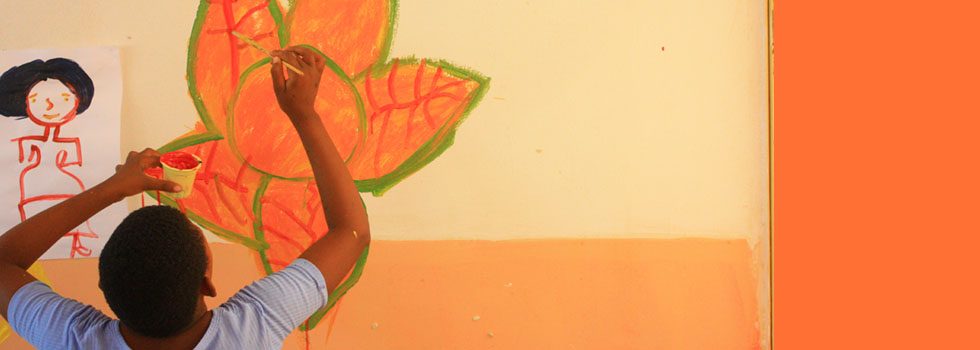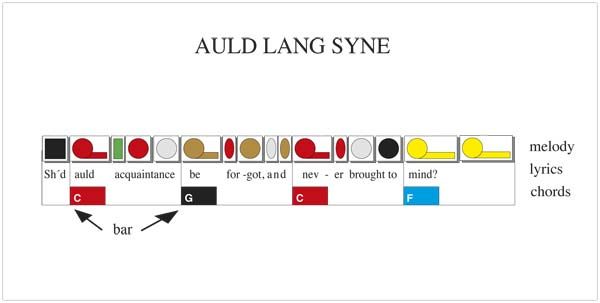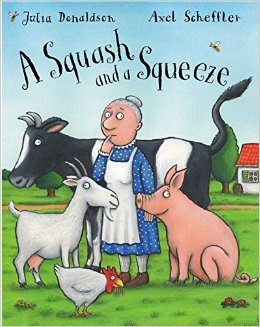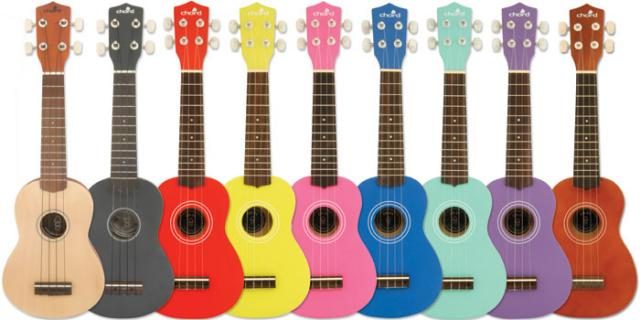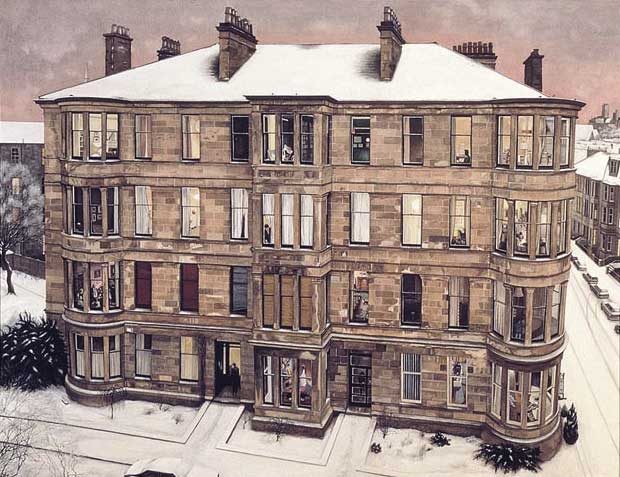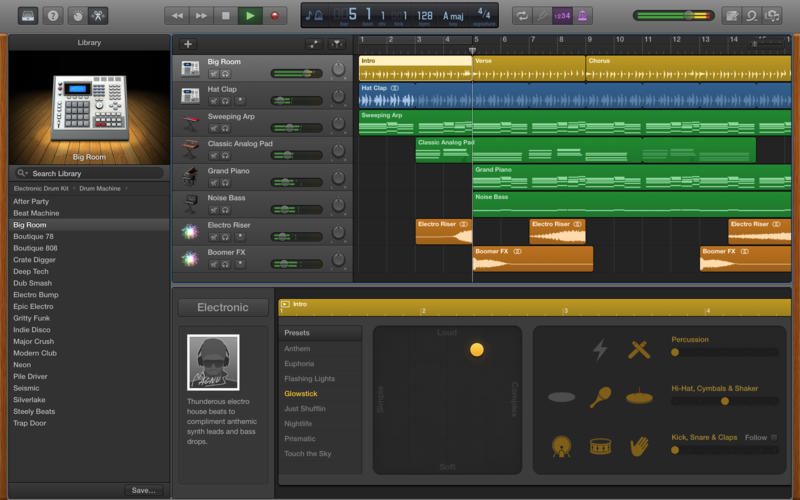“Group singing is a communal form of play, a joyful ritual bringing everyone together. A different kind of identity arises- a group identity, a group spirit.” (Page, 1995 p.15).
This weeks music session was all about the voice. As a teacher we rely on our voices, which can often take a lot of strain. This is why it is important that we look after our vocal chords.
After watching a video about beatboxing, this made me aware that the voice can be used to create music in many ways, rather than the traditional style of singing. “Teachers who accept all musical styles convey a positive message.” (Page, 1995 p.14). As teachers we need to accept diversity in the learning environment and embrace a child’s choice of music style as this could be part of their developing identity.
Here is the video all about the variations of music that can be created using just your voice:
The focus of this lesson was on different types of warm ups. To start off with we learned about the importance of warming up our bodies by doing shoulder and neck rolls, before moving on to facial exercises. We then moved on to breathing exercises, such as breathing in, holding it and then releasing it slowly with a controlled airflow. Playing a brass instrument and being part of a wind ensemble, I was already familiar with many breathing exercises such as this one. However, I had never thought about how these techniques could be used as vocal warm ups and cool downs as well.
References
Page, N. (1995) Music as a way of knowing. Maine: Stenhouse Publishers
